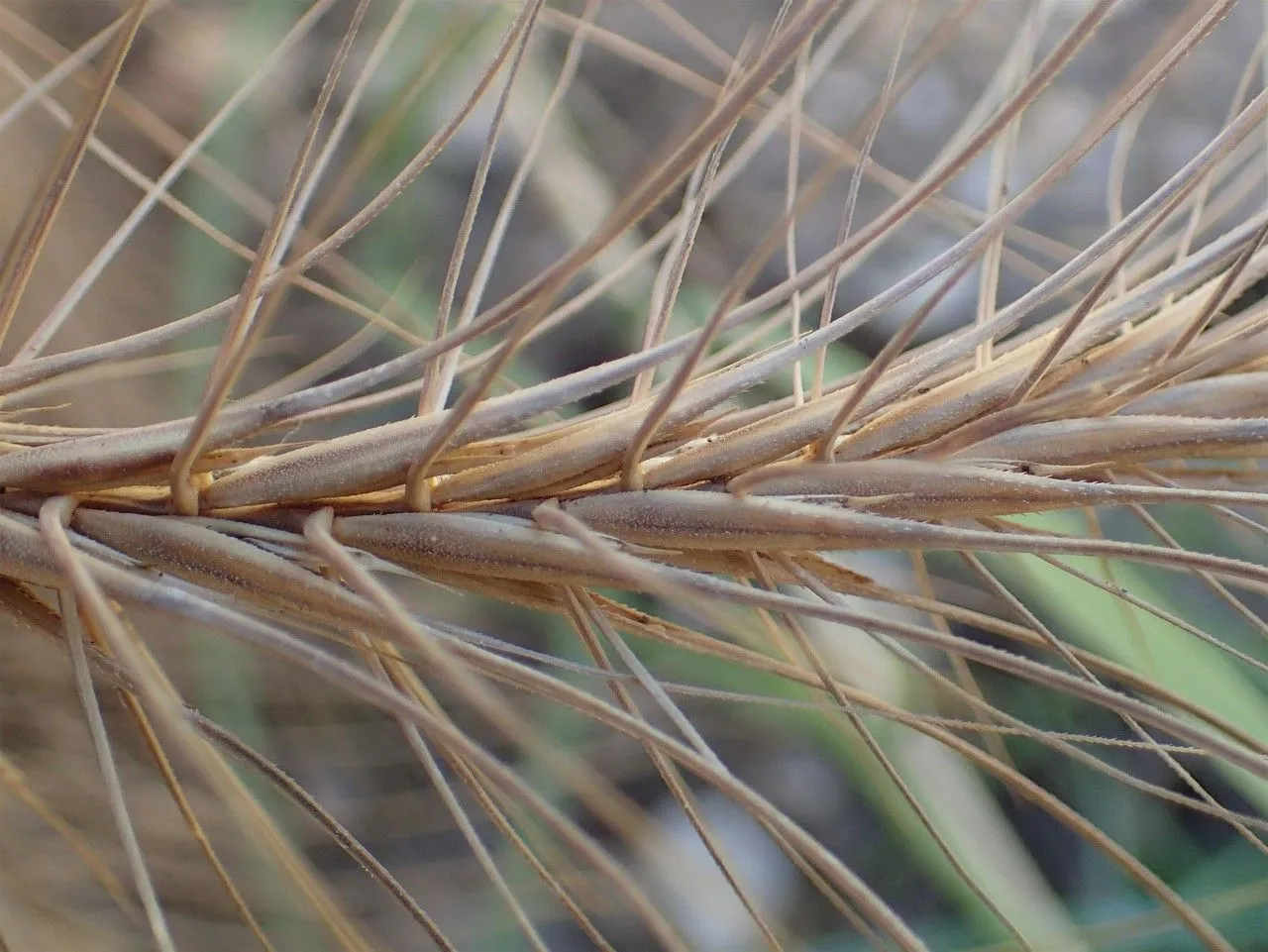Family: Asteraceae
Author: (L.) Moench
Bibliography: Methodus: 587 (1794)
Year: 1794
Status: accepted
Rank: species
Genus: Jacobaea
Vegetable: False
Observations: Europe
Description
The Alpine ragwort, known scientifically as Jacobaea alpina, is a noteworthy species belonging to the family Asteraceae. Revered for its resilience and adaptability, this plant is a common sight in the mountainous terrains of Europe, embodying the rugged beauty and diverse ecosystems of the region.
First described in the scientific literature as far back as 1794 in the “Methodus: 587,” Jacobaea alpina was classified by the renowned botanist Moench. This classification builds on the foundational work of earlier botanists, including Carl Linnaeus, often abbreviated as (L.) in botanical nomenclature.
Jacobaea alpina is particularly adapted to thrive in alpine climates, characterized by cool temperatures and challenging growing conditions. The plant’s robust nature enables it to establish itself in the rocky soils and steep inclines typical of high altitudes. Its presence is an indicator of the health of the alpine ecosystem, often serving as a barometer for changes in environmental conditions.
The Asteraceae family, to which the Alpine ragwort belongs, is one of the largest and most varied plant families, encompassing a wide range of species known for their distinctive flower heads. Jacobaea alpina showcases this diversity through its vibrant and appealing blossoms, which have adapted to attract pollinators even in the sparse alpine environment.
With its unique attributes and significant ecological role, Jacobaea alpina continues to be a subject of interest for botanists and ecologists alike. Its study not only provides insights into the adaptability of plant species to extreme environments but also underscores the intricate balance within alpine ecosystems.
In summary, the Alpine ragwort (Jacobaea alpina) is more than just a plant; it is a testament to nature’s resilience and adaptability. Its enduring presence in the European alpine regions, its botanical importance, and its role within its family all contribute to its reputation as a fascinating and vital component of our natural world.
Common Names
Deu: alpen-greiskraut
Swe: alpstånds
En: Alpine Ragwort
Fr: Séneçon des Alpes
De: Alpen-Greiskraut, Alpen-Kreuzkraut
It: Senecione alpino
Sv: Alpstånds
Synonyms
- Cineraria alpina ((L.) L.)
Distribution
- Austria (native)
- France (native)
- Germany (native)
- Italy (native)
- Switzerland (native)
Additional Images
Other
Taken Aug 15, 2001 by Photoflora – Benoit BOCK (©)
Taken Jul 15, 2018 by Photoflora – Benoit BOCK (©)
Taken Jan 1, 1800 by Tela Botanica − Thierry Pernot (cc-by-sa)
Taken Jul 24, 2020 by Käch Martin (cc-by-sa)
Taken Aug 23, 2019 by huy HO (cc-by-sa)
Flower
Taken Jul 30, 2018 by Markus W. (cc-by-sa)
Taken Aug 19, 2020 by María Elena Valmala (cc-by-sa)
Taken Oct 14, 2020 by L Bernaerts (cc-by-sa)
Taken Aug 23, 2019 by huy HO (cc-by-sa)
Taken Aug 23, 2019 by huy HO (cc-by-sa)
Leaf
Taken Jun 11, 2022 by Anatas (cc-by-sa)
Taken Mar 26, 2022 by michele sisto (cc-by-sa)
Taken Jul 11, 2020 by Detlef Steinfeld (cc-by-sa)
Taken Aug 11, 2011 by Tela Botanica − Yoan MARTIN (cc-by-sa)
Taken Aug 25, 2021 by echeveria_grey (cc-by-sa)
Habit
Taken Aug 15, 2001 by Photoflora – Benoit BOCK (©)
Taken Aug 15, 2001 by Photoflora – Benoit BOCK (©)
Taken Aug 29, 2021 by Vincenc J (cc-by-sa)
Taken Aug 11, 2011 by Tela Botanica − Yoan MARTIN (cc-by-sa)
Taken Jun 19, 2022 by Manuëlle (cc-by-sa)
Bark
Taken Jul 10, 2018 by F Gv (cc-by-sa)
Taken Jul 15, 2021 by lindemann ben (cc-by-sa)
Taken Aug 11, 2011 by Tela Botanica − Yoan MARTIN (cc-by-sa)
Fruit
Taken Aug 3, 2022 by David Ježek (cc-by-sa)
Sources
- WFO (No URL)
- IPNI (No URL)
- GBIF (https://www.gbif.org/species/5388598)
- POWO (http://powo.science.kew.org/taxon/urn:lsid:ipni.org:names:226580-1)
- PlantNet (https://identify.plantnet.org/species/the-plant-list/Jacobaea alpina (L.) Moench)
Specifications
Growth
Ph maximum: 8.0
Ph minimum: 7.5
Light: 7
Atmospheric humidity: 6
Bloom months: [‘jul’, ‘aug’]
Soil nutriments: 8
























